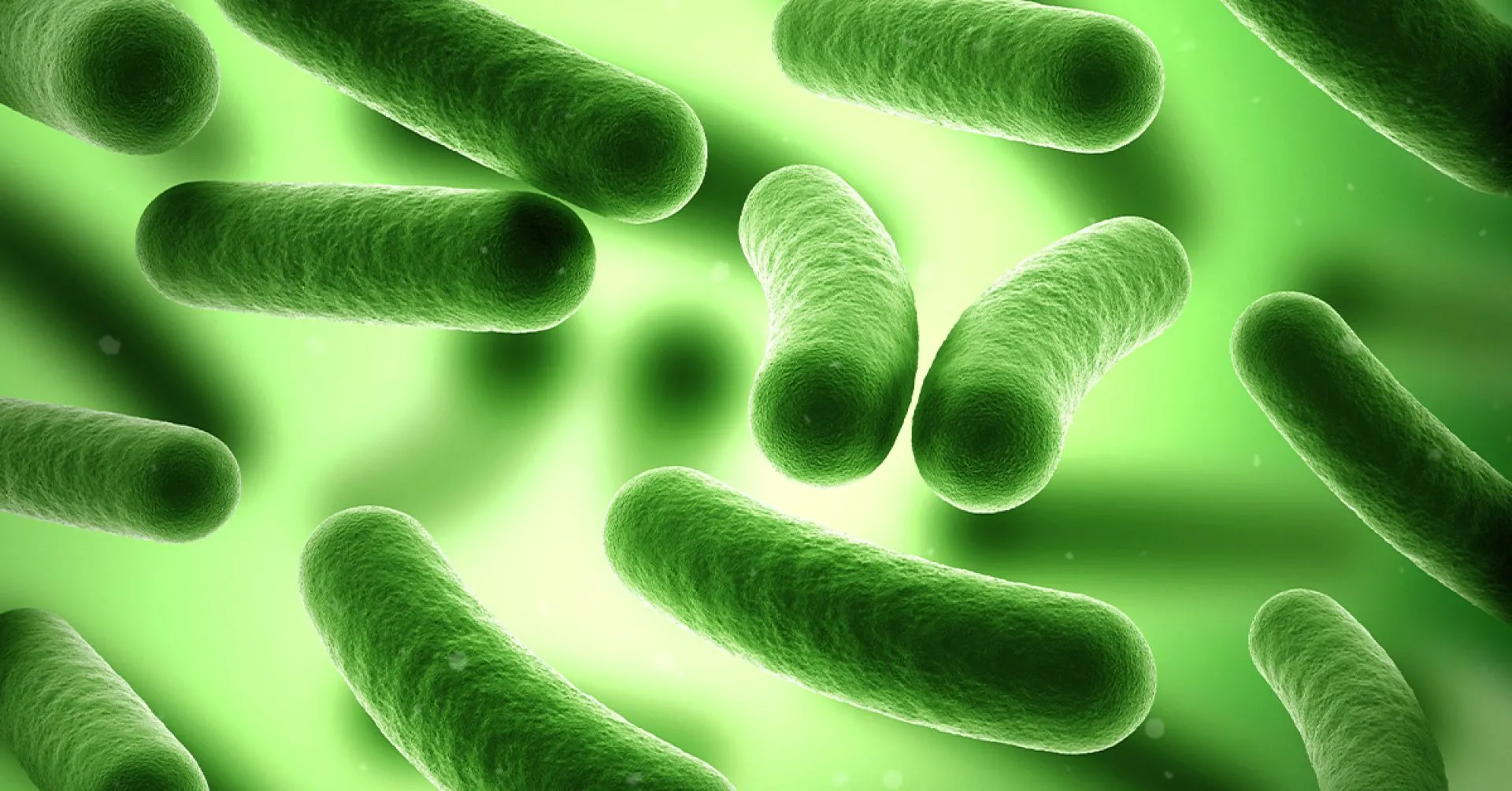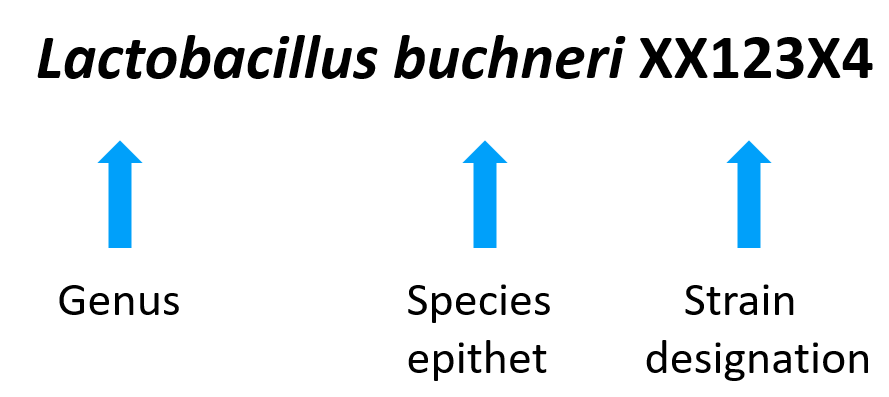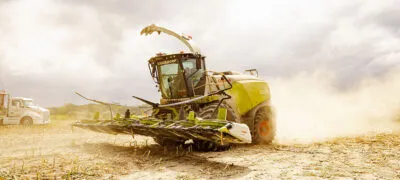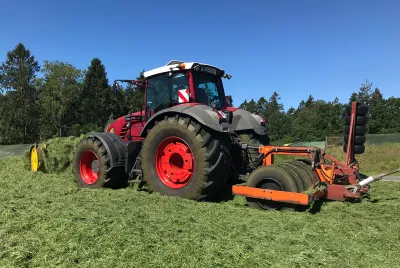Not All Strains Are Created Equally. Neither are inoculants.
A successful management plan for silage should include the use of a research-proven inoculant. But with so many options available, choosing that inoculant can be a daunting task. How do you know you’re using the right product for the task?

What to know before choosing an inoculant
Microbial inoculants are widely available and there are many lactic acid bacteria (LAB) that are common among them, like Lactobacillus plantarum, Lactobacillus buchneri and Pediococcus pentosaceus. It may come as a surprise to know that the bacteria species from one company’s product to the next do not contain the same ‘strain’ of these species. So what does this mean for your silage inoculant buying process?
Species or strain? It’s like comparing apples to … different apples.
First, let us break down the difference between ‘species’ and ‘strain’. Bacteria are named based on the binomial system, meaning that the species name consists of a genus and species epithet, as in the example below:

Often, we shorten species names to the first letter of the genus and the species epithet. For example, the above LAB species name would be shortened to L. buchneri. All strains of L. buchneri are gram-positive, facultative anaerobe, and obligate heterofermentative bacteria that produces lactic and acetic acid, so a shortened version is acceptable in everyday use. The caveat to that is when comparing silage inoculants and the bacteria they contain, we do not typically know the strain designation of the bacteria.
Strain designations are differentiated based on phenotypic differences and the ability to metabolize different types of water-soluble carbohydrates. For silage inoculants, this means that different strains will perform differently. Another way to look at it is by comparing LAB and apples. Apples are all apples because they are sweet round fruit that grows on a tree. When you visit the orchard though there are many different varieties. Varieties, like strains, have small differences that make a certain variety better for making a pie versus another variety that is better for eating fresh. When it comes to an inoculant, we want the strain of bacteria that will make the best silage.
Do your research before choosing.
At the end of the day, the strain of LAB is really important to the success of an inoculant and as you have read, not all strains are created equally. Keep in mind that strains are not the only factor; the interactions with other bacteria, dosage, and carrier all are important as well. The key to finding a silage inoculant with the right strains is by buying one that aligns with the needs of your forage and that is backed by research.
Fortunately, here at BONSILAGE, we make that easy for you. Our inoculant formulations contain strains of bacteria that have been and are continuously tested to ensure that they perform to the highest level. You can read about our process of creating an inoculant HERE.


